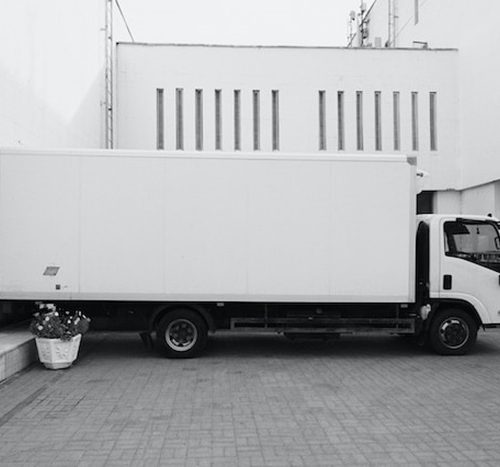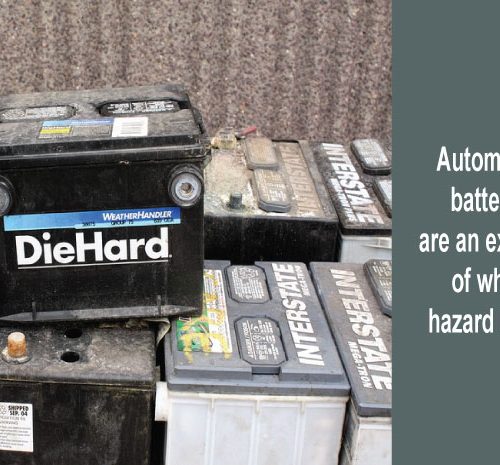If your car has recently sustained damage from a hail storm, you’re not alone. Hail storms can be as destructive as they are sudden. While it’s best to prepare ahead of time for a storm by stashing your car in an enclosed parking space, clearing debris, or getting a car cover, sometimes, hail comes on unexpectedly, and your car gets stuck in the elements.
If this happens to you, don’t worry. Keep reading to learn the five steps you should take after a hail storm hits.
#1. Check for Hail Damage
As with any weather event or accident, the first thing you should do is take a survey of the damage it’s caused. Examine your car for dents or chips in the paint. While strong storms with large hailstones may cause obvious damage like a cracked windshield or huge dents, more mild storms can also cause damage.
Take a close look at all sides of your car, including the roof, hood, and trunk. Check for patches of small, numerous dents. In most cases, the paint isn’t affected, so it may be hard to see the dents from every angle. Examine your car from multiple angles to ensure you catch every dent.
#2. Record or Take a Picture of the Surroundings
Once you’ve taken stock of the damage, it’s important to document it. This will come in handy when you file an insurance claim. If possible, take photos or a video of both your car and the surrounding area. Include any landmarks or street signs in the photo so your insurance company can easily find and verify the location of the damage.
Taking pictures of your surroundings is also important for documenting evidence. If there is hail on the ground, a tree branch next to your car that clearly hit your window before going down, or other cars nearby with similar damage, these all help to support and verify your claim.
#3. Clean up Broken Glass and Remove Potential Hazards
After you’ve taken thorough photos of the damage and the surrounding area, you should prioritize cleaning up any dangerous debris that resulted from the storm. This will help you and your neighbors avoid potential accidents like stepping on glass or tripping over chairs or branches that got knocked over in the storm.
Sweep up any glass or broken car parts, and clean up any extra debris that may be blocking the road, sidewalk, or your car. If you can’t clean it all up yourself, call your local city hall or public works department to ask for help.
#4. Contact Your Insurance Company
After you’ve taken care of the immediate aftermath of the storm, it’s time to start thinking about repairs. The first step is to contact your insurance company and let them know about the damage. It’s important to do this as soon as possible so you can get the repair process started.
If you have comprehensive coverage, you should be able to get auto hail repair fully or mostly covered. If you have liability-only insurance or any other type of insurance, you’ll likely have to pay out of pocket.
#5. Find a Trusted Hail Repair Shop or Contractor
Whether or not you have insurance coverage, it’s important to not skimp on where you get repairs. Find a reliable hail repair shop or contractor that specializes in paintless dent repair, or PDR. This is a non-invasive repair method that is uniquely suited for hail, and it’s more affordable and faster than traditional dent repair.
Reputable PDR shops will also be able to provide you with a more accurate repair quote than your insurance, and many of them will offer to work with your insurance to negotiate the best rate possible. If you want a good approximation of what your repairs may cost, try this car hail damage cost estimator.
Conclusion
Although hail damage is never something we choose to deal with, sometimes, it’s inevitable. If your car gets hail damage, it can be frustrating, but it’s not the end of the world. By taking the proper steps, you can get the repair process started so you can get back on the road like nothing ever happened.




